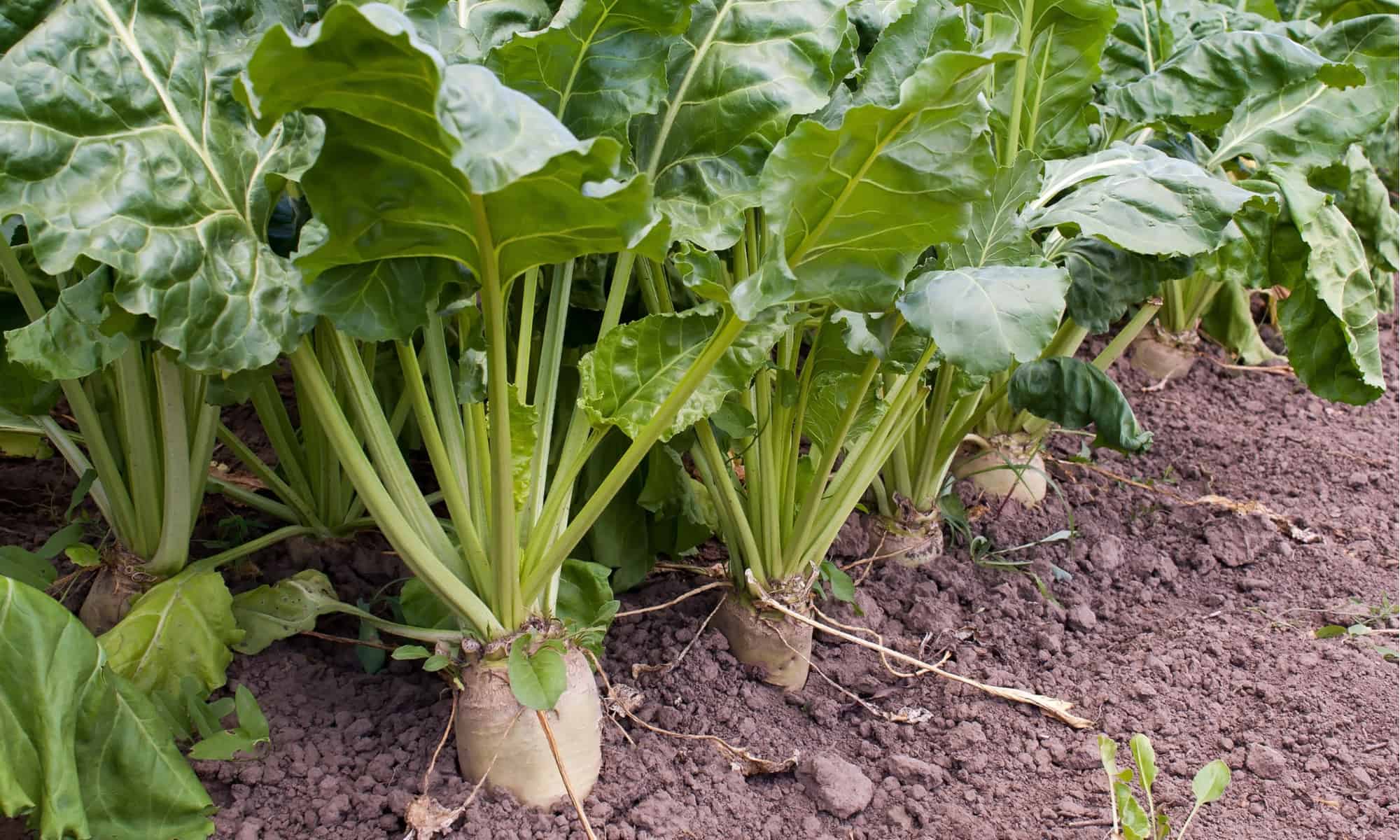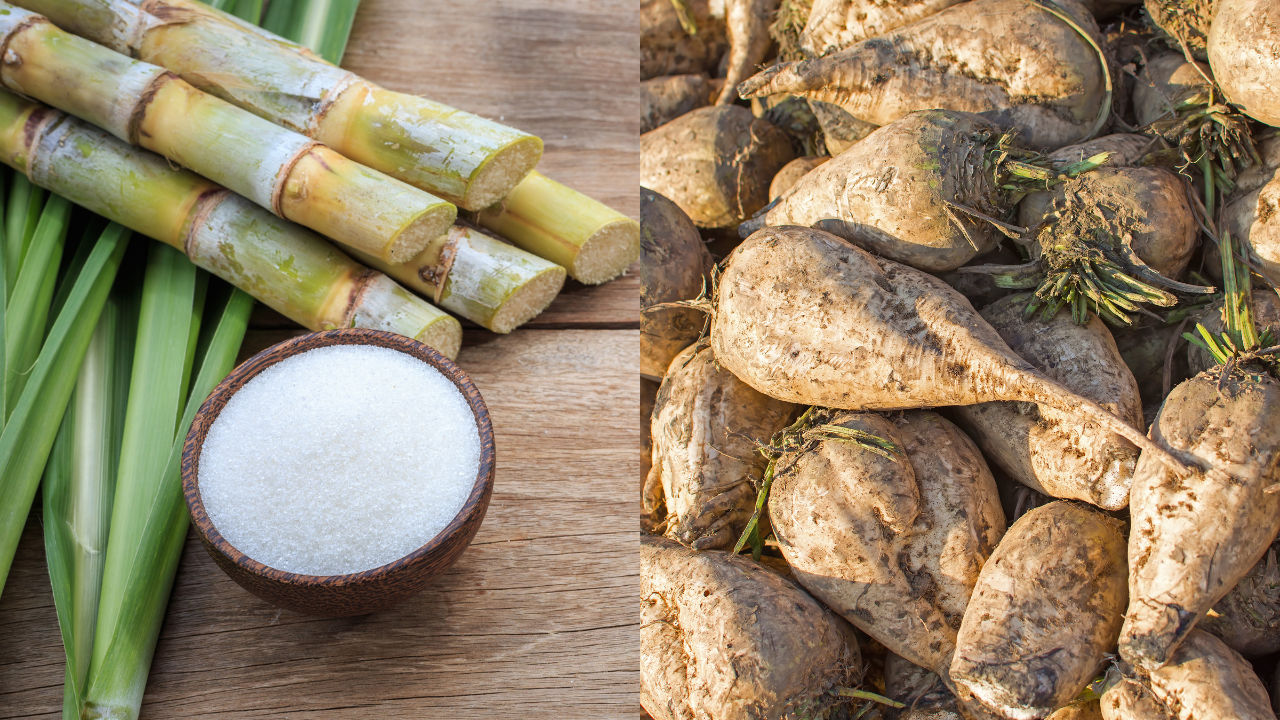Understanding beet sugar vs cane sugar helps buyers make better choices about their diet.
Understanding beet sugar vs cane sugar helps buyers make better choices about their diet.
Blog Article
Discover the Uses and Benefits of Beet Sugar Vs Cane Sugar in Your Daily Diet Plan
Exploring the unique qualities of beet and cane sugar exposes even more than just their sweetening capacities; it highlights their one-of-a-kind effects on wellness and culinary arts. Beet sugar, recognized for its subtle flavor, is often preferred in delicate desserts, whereas cane sugar, with its tip of molasses, adds splendor to robust meals. Each type holds its very own dietary profile and glycemic ramifications, welcoming a deeper understanding of their roles in a well balanced diet regimen and lasting consumption practices.
Beginning and Production Processes of Beet and Cane Sugar

The distinctive environments and dirt kinds needed for expanding sugar beets and sugarcane add to distinctions in their farming techniques and geographic distribution, influencing the economics and sustainability of their manufacturing. beet sugar vs cane sugar.
Nutritional Contrast In Between Beet Sugar and Cane Sugar
In spite of stemming from various plants, beet sugar and cane sugar are nutritionally really comparable, both largely including sucrose. Each gives concerning 4 calories per gram, translating to roughly 16 calories per tsp. Structurally, both sugars are made up of roughly 99.95% sucrose, with very little quantities of other substances like dampness and trace element, which do not substantially modify their nutritional accounts.

Ultimately, when selecting in between beet sugar and cane sugar based on nutritional web content alone, both offer similar benefits and downsides as they are essentially kinds of the very same particle-- sucrose, supplying fast power without other nutrients.
Impact on Health: Glycemic Index and Caloric Content
Discovering even more into the impacts of beet sugar and cane sugar on wellness, it Get More Info is very important to consider their glycemic index and calorie content. Both sugars are classified as sucrose, which contains glucose and fructose. This make-up leads them to have a similar effect on blood sugar levels. The glycemic index (GI) of both beet and cane sugar is around 65, categorizing them as high-GI foods, which can cause fast spikes in blood sugar levels. This is this page an essential facet for people taking care of diabetes mellitus or those attempting to support their energy levels throughout the day.
Each sort of sugar has around 4 calories per gram, making their calorie web content matching. For those checking caloric intake, especially when taking care of weight or metabolic wellness conditions, comprehending this equivalence is essential (beet sugar vs cane sugar). Extreme intake of any kind of high-calorie, high-GI food can contribute to wellness issues such as weight problems, heart disease, and insulin resistance.
Environmental and Economic Factors To Consider of Sugar Production
Beyond wellness effects, the manufacturing of beet and cane sugar likewise elevates substantial ecological and financial worries. Sugar beet cultivation has a tendency to require cooler climates and has a reduced geographical footprint contrasted to sugar cane, which prospers in exotic regions. Both crops are extensive in terms of water usage and land profession, possibly leading to logging and water shortage. Economically, the international sugar market is highly unstable, affected by changes in worldwide profession policies and subsidies. Several countries incentivize sugar production with financial backing, skewing market costs and influencing small-scale farmers negatively.
In addition, making use of pesticides and fertilizers in both beet and cane sugar growing can result in soil degradation and pollution, further impacting biodiversity and regional water bodies (beet sugar vs cane sugar). The option between cultivating sugar beet or cane often rests on local ecological problems and financial factors, making the sustainability of sugar production a complex issue
Culinary Applications and Taste Distinctions
While the ecological and financial facets of sugar manufacturing are without a doubt substantial, the selection between beet and cane sugar also influences cooking applications and taste profiles. Beet sugar, derived from the sugar beet plant, is understood for moved here its incredibly neutral taste. This makes it a versatile active ingredient in cooking, where it does not change the flavor of various other elements. It dissolves swiftly and is excellent for usage in cakes, cookies, and breads.
Walking stick sugar, removed from sugarcane, often keeps molasses traces, which present a distinct splendor and depth. The slight variation in wetness material between beet and cane sugar can impact the structure and uniformity of dishes, making cane sugar a favored selection for details dishes that profit from its one-of-a-kind residential or commercial properties.

Final Thought
Finally, both beet and cane sugar have distinctive beginnings and production processes, offering similar dietary accounts with small differences in salt content and flavor. While their influence on wellness, specifically pertaining to glycemic index and calories, is equivalent, the option between them often comes down to environmental, financial aspects, and certain culinary demands. Recognizing these elements can direct consumers in making informed choices that straighten with their wellness goals and taste preferences.
Report this page